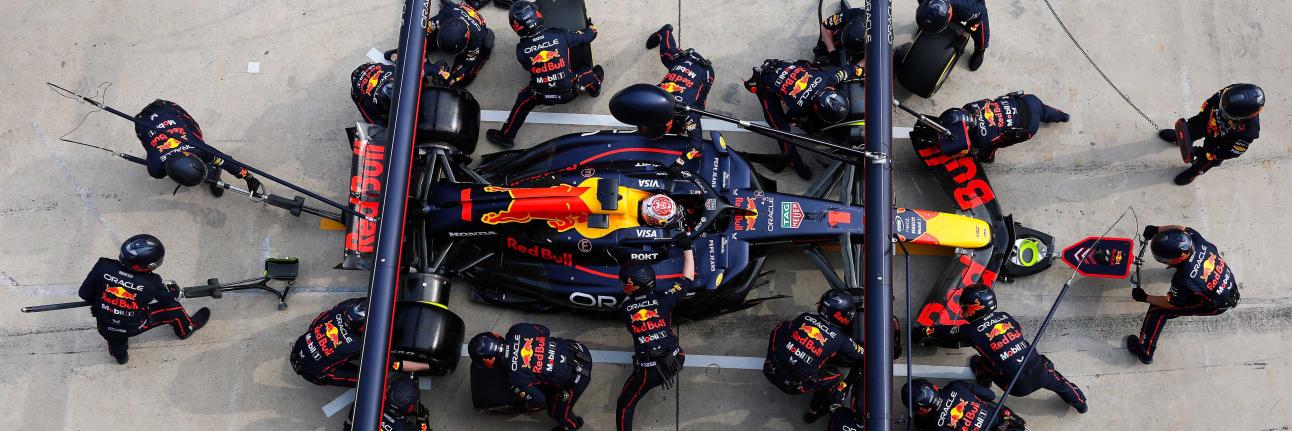
Everything you need to know about the F1 calendar
09 April 2025Our comprehensive guide provides all the essential details about the Formula 1 calendar, from understanding F1 Sprint to flyaway races and much more.
How many races are on the F1 calendar?
The 2025 calendar features 24 Grand Prix weekends, including six F1 Sprint races, spanning five continents and 21 countries from March to December.
Iconic circuits such as Silverstone, Spa-Francorchamps, and Suzuka are joined by modern additions like Las Vegas, Miami, and Saudi Arabia, offering a balance of historic tracks integral to the DNA of the sport and venues that showcase contemporary F1 at its very best.
When does the F1 season start?
Pre-season testing traditionally takes place at the Bahrain International Circuit at the end of February.
The season officially begins with the Australian Grand Prix at Albert Park in the middle of March.
When does the F1 season end?
The season wraps up with the Abu Dhabi Grand Prix at Yas Marina Circuit in December.
How many F1 Sprint events are there?
In 2025, six venues will host F1 Sprint races, marking the fifth season to include the format in its schedule. These include:
- Shanghai (21-23 March)
- Miami (2-4 May)
- Spa-Francorchamps (25-27 July)
- Austin (17-19 October)
- Sao Paulo (7-9 November)
- Lusail (28-30 November)
What is the schedule for the 2026 F1 calendar?
The 2026 calendar is yet to be officially announced. However, it is confirmed that Zandvoort will host its final Dutch Grand Prix, with a one-year extension and Shanghai will remain on the schedule until at least 2030. A total of 22 Grand Prix are contracted to be held in 2026.
What are ‘double-headers’ and ‘triple-headers’?
A double-header refers to two consecutive race weekends, while a triple-header involves three back-to-back races.
These scheduling formats help accommodate growing demand for the sport and support more streamlined travel plans.
What is a ‘flyaway race’?
Flyaway races are those held outside Europe, requiring teams to transport their equipment via air or sea rather than by truck.
How has the F1 calendar evolved since 1950?
The first F1 season in 1950 featured just seven races, six of which were held in Europe, with the exception of the Indianapolis 500 in the USA.
Over the decades, the sport has expanded across North and South America, Asia, Australia, and the Middle East.
Silverstone, Monza, Monaco, and Spa remain on the modern calendar from the inaugural season, with the British Grand Prix hosting the first-ever championship F1 race on 13 May 1950.








